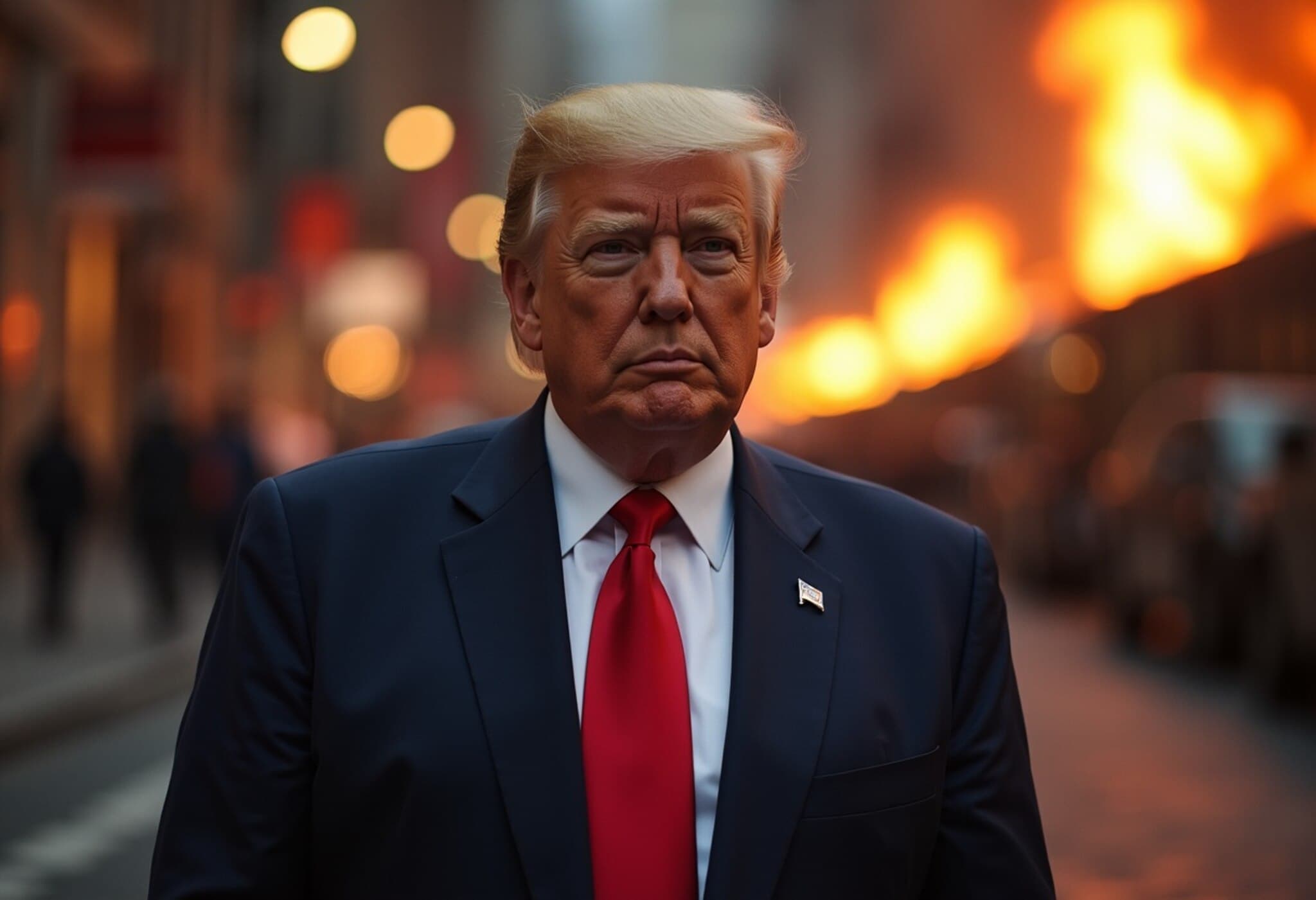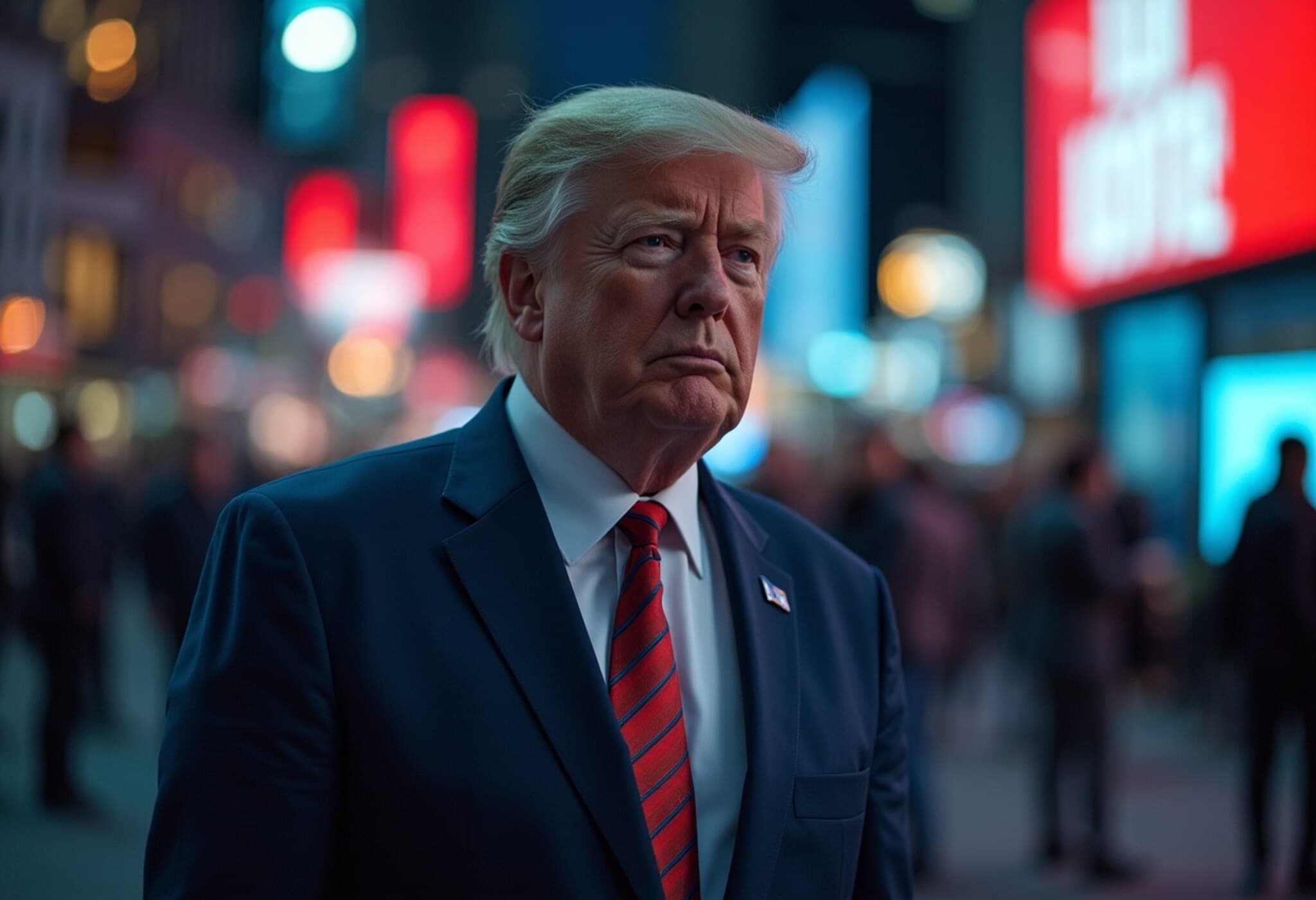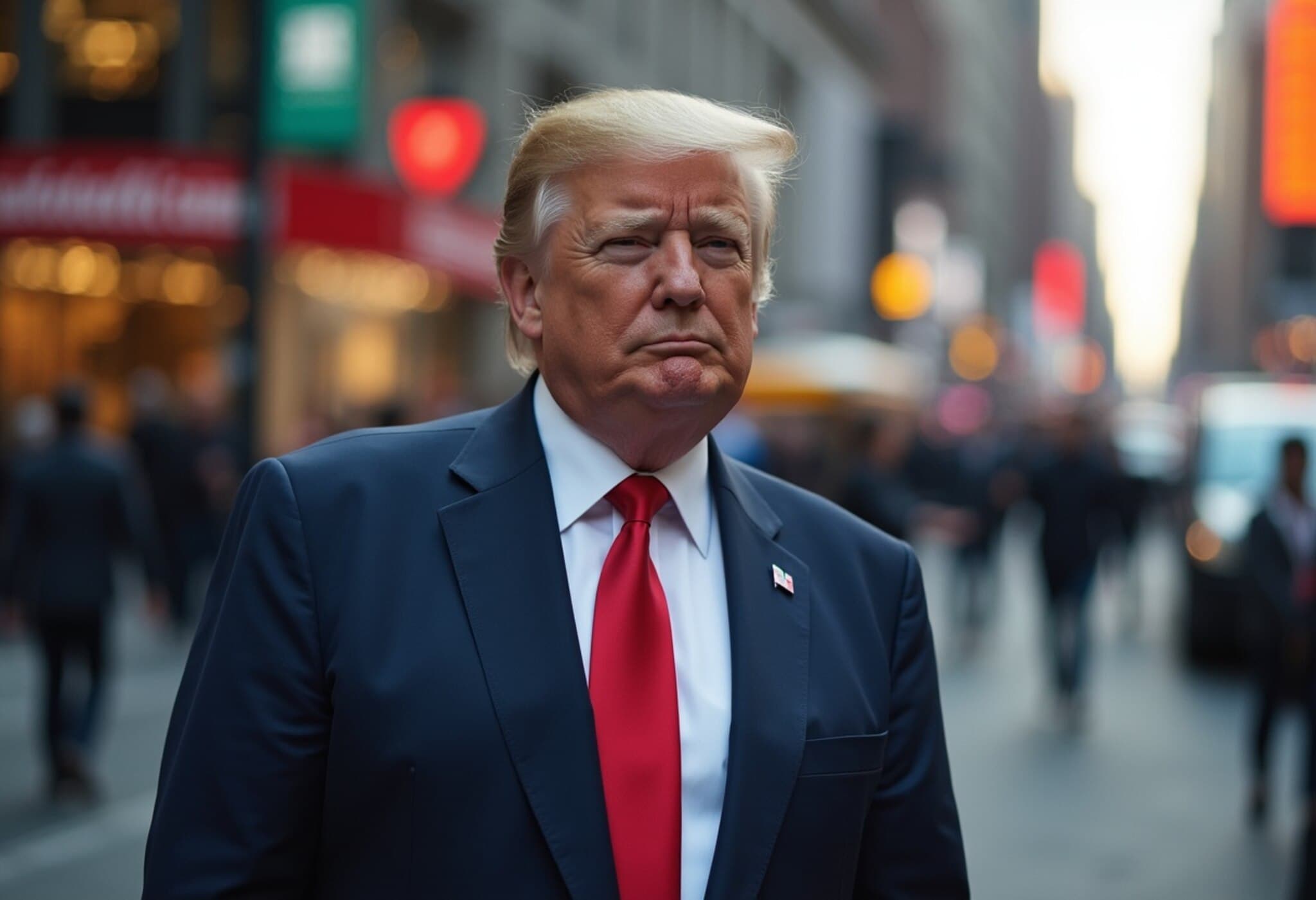Trump’s Copper Tariff Sparks Unprecedented Price Surge in U.S.
On August 1, 2025, the United States implemented a sweeping 50% tariff on copper imports, a move that instantly sent shockwaves across commodity markets and brought copper sharply into focus. Copper prices on the U.S. Comex futures market surged by an eye-popping 13% during the Wednesday session — the strongest one-day gain since 1989. This extraordinary price jump followed the announcement, underscoring the tariff’s immediate impact.
U.S.-Specific Price Spike Amid Global Divergence
While U.S. copper prices scaled new heights, international markets exhibited a different trend. On the London Metal Exchange (LME), copper futures initially dipped over two days post-announcement, only to recover modestly to $9,700.50 per tonne by midday Friday Singapore time. This divergence reflects a growing price premium in the U.S. versus the global market, fueled by American buyers rushing to stockpile copper ahead of tariff enforcement, inflating domestic prices artificially.
Analyzing U.S. Copper Supply and Demand Dynamics
Nearly half of the copper consumed in the U.S. is imported, according to data from the U.S. Geological Survey. Macquarie analysts estimate imports reached 881,000 metric tons in the first half of 2025 — roughly double the typical demand of 441,000 metric tons. This suggests a significant inventory surge of about 440,000 tons, combining both visible exchange stocks and unreported industrial warehouse builds.
- Regular monthly copper imports rarely dip below 36,000 tons.
- Underlying import demand is closer to 74,000 tons monthly.
- Excess inventory could sustain market supply for approximately nine months.
The supply glut, especially in visible Comex inventories, creates a complex market environment. While prices locally are soaring, global markets are less affected by this demand distortion.
The Strategic Importance of Copper for U.S. Industry and Defense
Copper’s role extends well beyond economics: it is an essential component in electronics, semiconductors, electric vehicles, and critically, defense applications. Former President Trump highlighted copper as the "second most used material by the Department of Defense" on his Truth Social platform.
Former U.S. Secretary of Commerce Carlos Miguel Gutierrez remarked on CNBC that the country’s dependence on imported copper constitutes a national security vulnerability. Yet, he acknowledged the current industrial reality — the U.S. lacks sufficient domestic capacity to replace imports in the short term. Such structural limitations hint at potential copper shortages and sustained price pressures.
Complexities in Expanding U.S. Copper Production
Sabrin Chowdhury, head of commodities research at BMI Research, stressed the daunting timeline ahead for domestic copper production. She noted, "It takes at least 10 years just to explore for copper," emphasizing the long lead times required to build meaningful capacity. Experts suggest it could take two to three decades before the U.S. significantly reduces its copper import reliance through domestic mining and processing.
Market Outlook: Price Predictions and Arbitrage Impacts
Looking ahead, Citi Investment Research forecasts a probable pullback in global copper prices to around $8,800 per ton within three months. They predict the price gap between U.S. and global copper — known as the Comex-LME arbitrage — will narrow, anticipating up to a 50% discount because:
- U.S. stockpiles have swelled substantially.
- Key copper-exporting countries may negotiate exemptions or reduced tariffs.
Investment Perspectives: A Tale of Two Experts
Alonso Munoz on Volatility and Short-Term Risks
Alonso Munoz, CIO of Hamilton Capital Partners, advises caution. He believes the recent price spike was largely a reaction to political rhetoric and warns of significant volatility ahead. Munoz explains, "If the U.S. administration changes course, prices could retreat sharply." He predicts that although elevated U.S. prices benefit domestic producers, they will translate to higher costs for consumers and industries like data centers and electric vehicles.
In the long term, Munoz anticipates copper prices will stabilize around $4.90 to $5 per pound, a 13% decline from current highs, driven by ongoing green energy demand but tempered by fluctuating geopolitical and supply dynamics.
Will McDonough’s Bullish Stance on Copper’s Strategic Value
Conversely, Will McDonough, CEO of Corestone Capital, views copper as an undervalued strategic asset. He highlights copper’s indispensable role in emerging technologies — from renewable energy systems to artificial intelligence infrastructure.
McDonough asserts that the heightened governmental focus reflects a broader realization that global copper supply chains are concentrated, particularly with China hoarding much of the resource. China’s copper production stood at 1,800 metric tons in 2024, yet it controls around 60% of global copper imports, intensifying supply risks elsewhere.
While acknowledging the current price may be somewhat inflated by tariff news, McDonough believes buying copper at present levels (~$5 per pound) offers long-term value, despite an expected short-term correction to the high $4 range.
Wider Implications: Economic, Industrial, and Policy Considerations
This tariff episode casts a spotlight on America’s delicate balance between trade policy, industrial strategy, and supply chain security:
- Economic Impact: Higher copper prices risk trickling down to increased costs on electronics, infrastructure, and consumer goods.
- Industrial Strategy: The U.S. faces a critical choice between protecting domestic industries and fostering international cooperative supply chains.
- Policy Debate: The tariffication poses questions about long-term resilience versus short-term protectionism, especially amidst global competition.
Editor’s Note
The 50% copper tariff is more than a trade policy maneuver — it is a flashpoint revealing vulnerabilities in U.S. manufacturing and defense logistics amid a shifting geopolitical landscape. While domestic prices have spiked dramatically, the inflated inventories and international market dynamics create a complicated investment environment. Stakeholders must weigh short-term volatility, strategic supply risks, and long timelines to domestic capacity when engaging with copper markets today. As the green energy revolution and technology adoption accelerate, the stakes around securing and managing copper resources will only become more critical. This unfolding story warrants close monitoring for investors, policymakers, and industries alike.



















